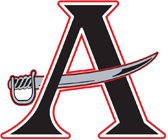Special Interest: America and Our Makeup
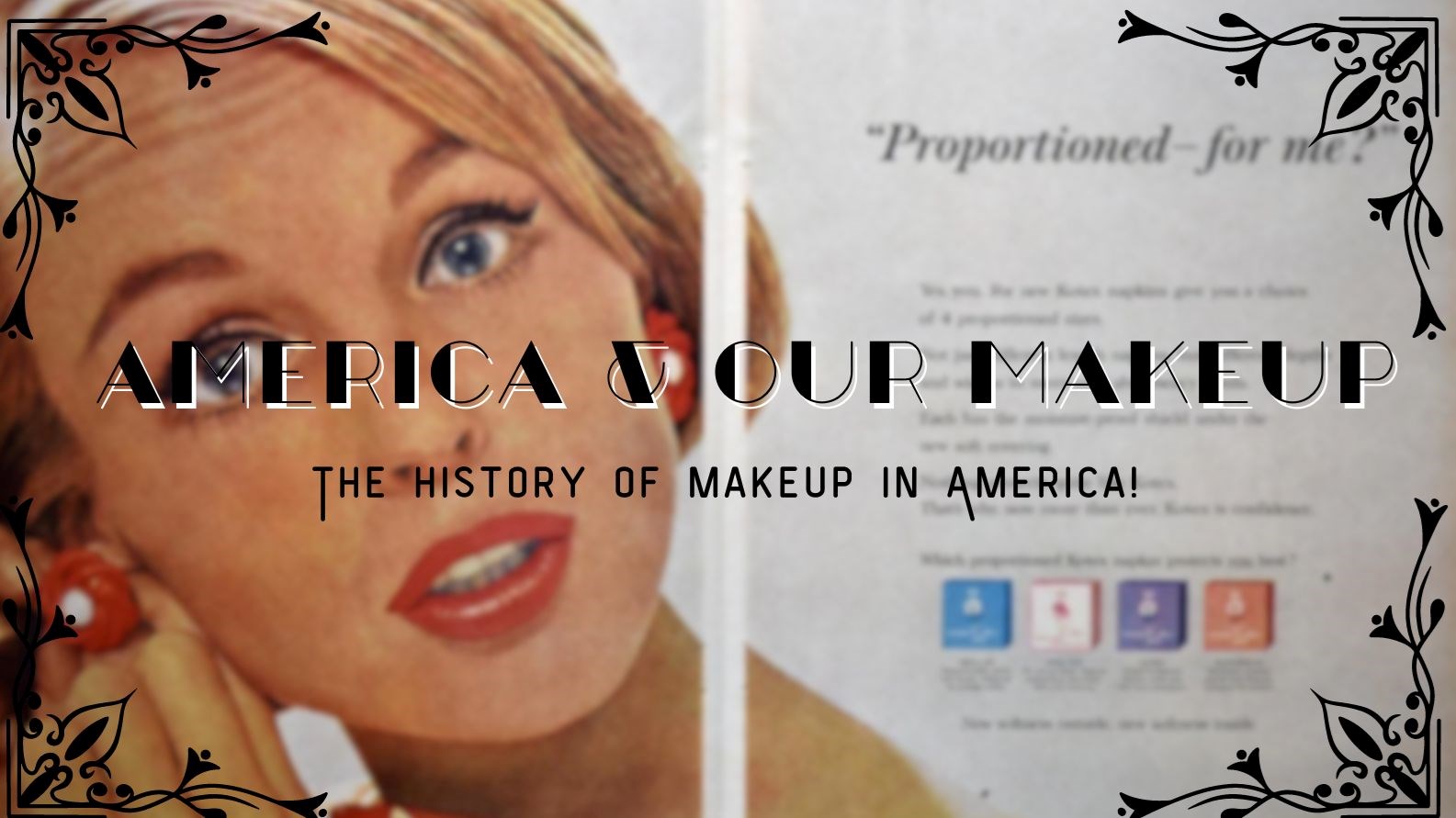
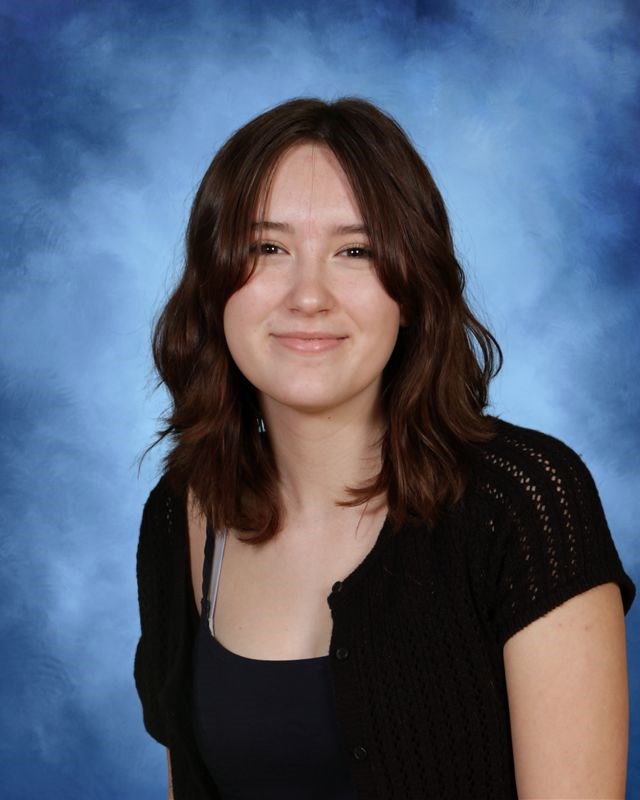
Written by Journalism Staff Reporter Mia Rooney
In the 21st century, makeup can be found anywhere. Your local CVS, Sephora, and even the Dollar Tree has makeup. It can be worn by anyone. But something as simple as your everyday Maybelline blush or Too Faced mascara has such a complex and captivating history to it. Makeup has been around for thousands of years, even dating back to ancient Egypt. But today, I want to talk about the history and development of makeup in the United States, and how Hollywood (the TikTok of the 20th century) and each decade's events affected styles of makeup and what was considered on trend.
During the Victorian Era, makeup was considered socially unacceptable, taboo if you will. In fact, wearing any form of makeup could connect you to being a prostitute. However, let’s be honest, even two hundred years ago women wanted to look and feel beautiful. So how did women subtly use makeup without looking like they were using makeup? Wealthy women could typically smuggle makeup in secret and hide it, but if you weren’t rich, you would typically use products found in nature. Flower petals and fruits could be used as a rouge or lipstick, and ashes or crushed cloves could be used for eyeliner and eyebrow makeup. Women could also use pearl powder for their face, keeping the persona of an all-natural look whilst simultaneously wearing makeup.
 | 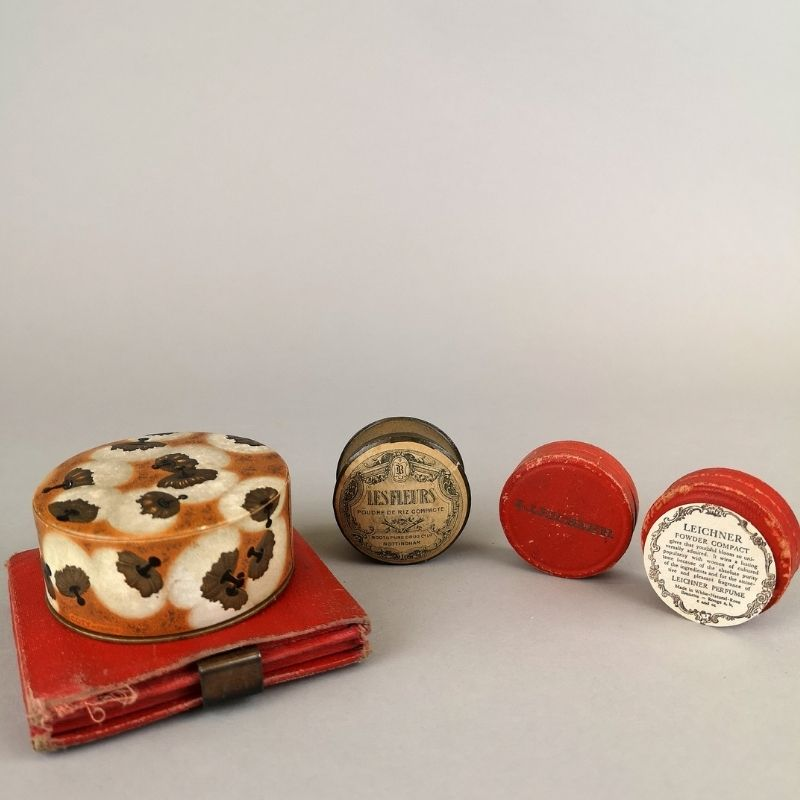 | 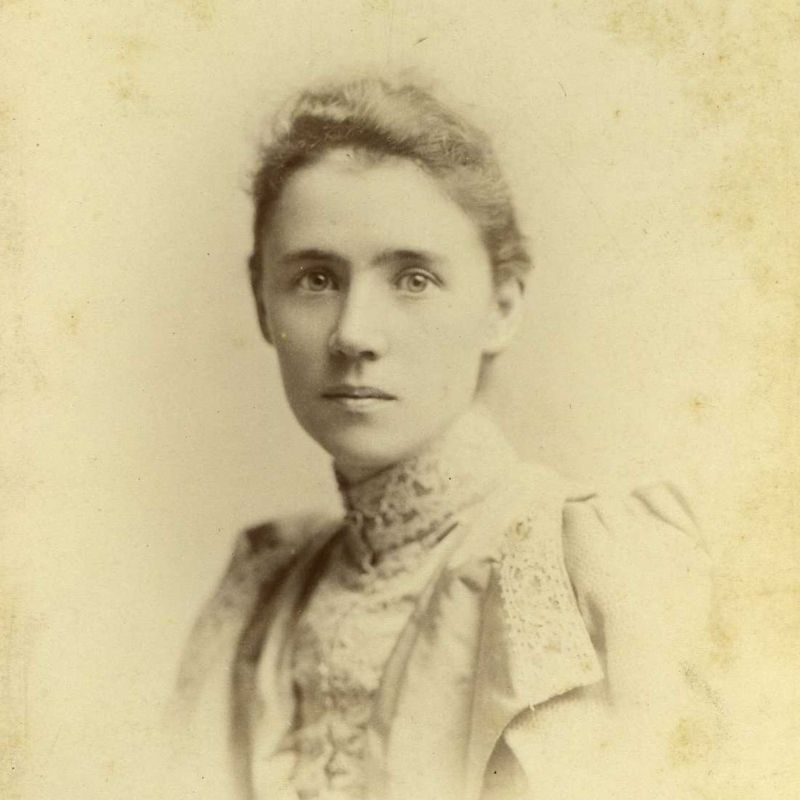 |
Cosmetics really started to take storms in the 1880s. Women and men created beauty stores and sold various powders, creams, and rouges. Elizabeth Arden was one of the first major makeup brands of that time; her makeup products are still being sold to this day (obviously reformulated considering a lot of makeup was toxic during that era!).
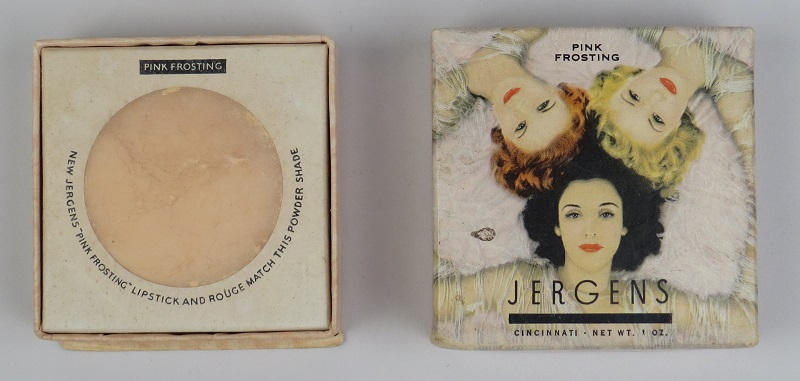
During the 1920s films had just started to explode in the United States. With the introduction of Flappers, makeup and a dramatic, outgoing style was being introduced to women in America (Flappers were highly controversial in the 20s). Eyeliner, mascara, and lipstick could be dramatic and alluring. Since movies were in black and white, makeup was a variety of colors and shades to look best on screen, many actors could be seen wearing yellow and orange lipsticks. In the 50s-60s, Marilyn Monroe’s iconic red lips were often orange! After many years of pale white skin being the beauty standard, makeup began offering tan and sunkissed looks with makeup. Mascara was a lot different too! Mascara was essentially a block of black soap and an eyelash tool. Most women spit on the mascara to wet it and then apply.
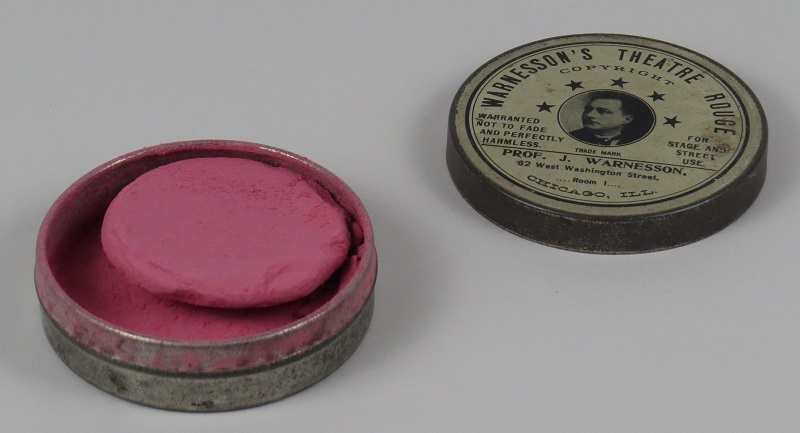 | 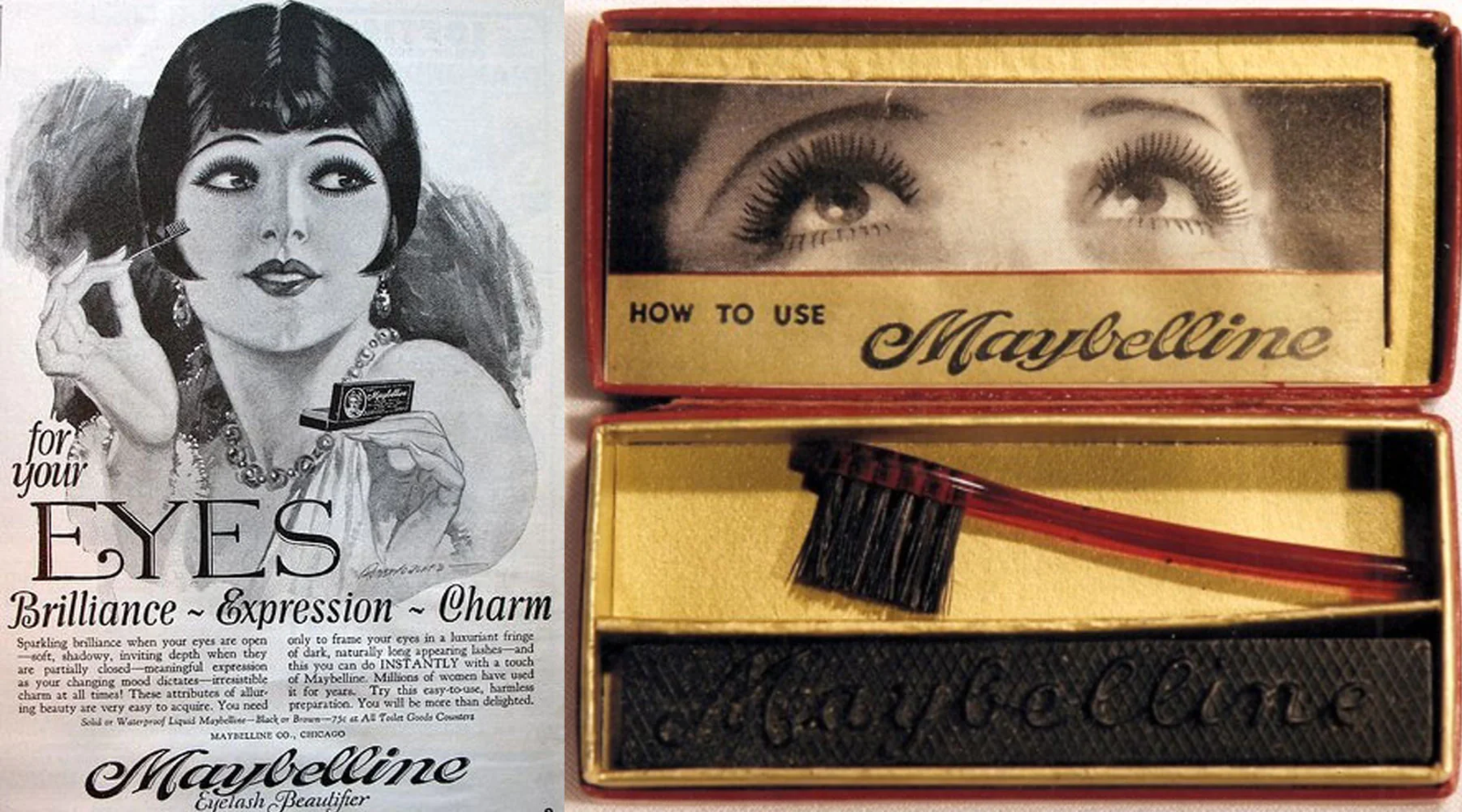 |
In the 30s, most cosmetic businesses closed during the Great Depression (primarily women owned). Since money was scarce, most women weren’t actively spending money on cosmetics. However, those who could afford it used a specific style of makeup; thin eyebrows and lipstick applied in a way that removed their cupids bow. Jean Harlow was a famous rising star during this era of makeup, she’s the women who inspired Marilyn Monroe’s famous look!
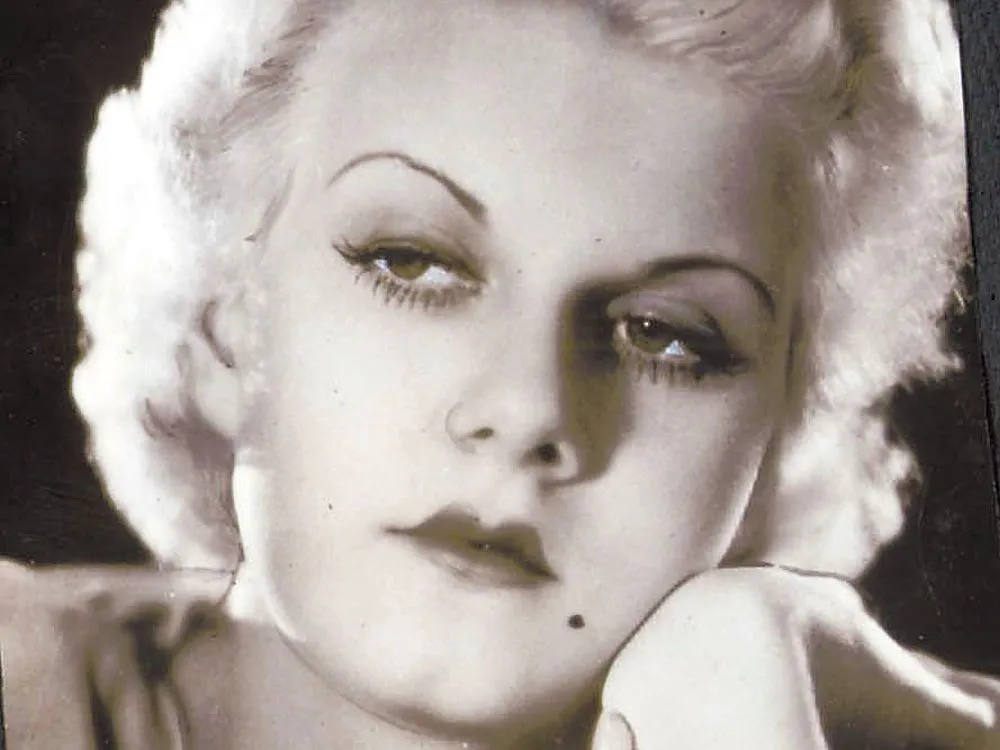 |  |
Actor Jean Harlow
World War II had all men leaving to become soldiers, most women withdrew from their homes to take the vacant jobs the men couldn’t fulfill. Rationing was happening big time in America. Products used to create makeup (soaps, plastic, metal, etc.) were being sent to soldiers, this meant makeup wasn’t being actively produced. The main cosmetic for women was lipstick, more specifically red lipstick. Considering red is one of the three colors in our American flag, it was seen as patriotic to wear red lipstick, and often encouraged in the workplace. Since stockings also weren’t being produced, leg make up became a popular product also used in the workplace.
After World War II, makeup boomed; teenagers and adults alike could be seen wearing makeup. Makeup collections were also expanded to those with darker complexions (it only made up about 2.3% of sales in the 70s). Older women typically wore more makeup than teenagers, however, both kept one thing in common: lipstick. Powders were used daily to mattify the foundation, alongside a natural rouge. Brows were arched and thicker, and eye makeup was simple. Most women based their makeup off actresses on TV, similarly to how we see an influencer’s makeup style online in the modern day and copy it ourselves.
So, what can we learn from makeup? It’s so much more than people can imagine. It tells our history. What people were feeling: despair, joy, anger. What goes on around us directly affects how we express ourselves. In modern day, makeup is used heavily and varies from person to person, this is because in a decade of self-expression, anyone can wear anything or look a certain way and feel accepted by society. When you’re in the mood to really learn about history, look at your simple concealer or eyebrow pencil and get to researching. An everyday product could have a fascinating history dating back centuries ago!
Sources:
- https://hair-and-makeup-artist.com/womens-1940s-makeup/
- https://www.si.edu/spotlight/health-hygiene-and-beauty/make-up#:~:text=In%20eighteenth%20century%20America%2C%20both,gender%20gradually%20became%20socially%20unacceptable.
- https://www.lashstarbeauty.com/blogs/visionaire/mascara-through-the-ages-a-brief-history-of-this-iconic-beauty-product
- https://prestonparkmuseum.co.uk/victorian-beauty/#:~:text=Some%20businesses%20had%20secret%20back,makeup%20in%20old%20prescription%20bottles.&text=Cold%20creams%20were%20the%20only,could%20be%20seen%20to%20use.
- https://hair-and-makeup-artist.com/womens-1950s-makeup/
- https://www.history.com/topics/roaring-twenties/flappers
